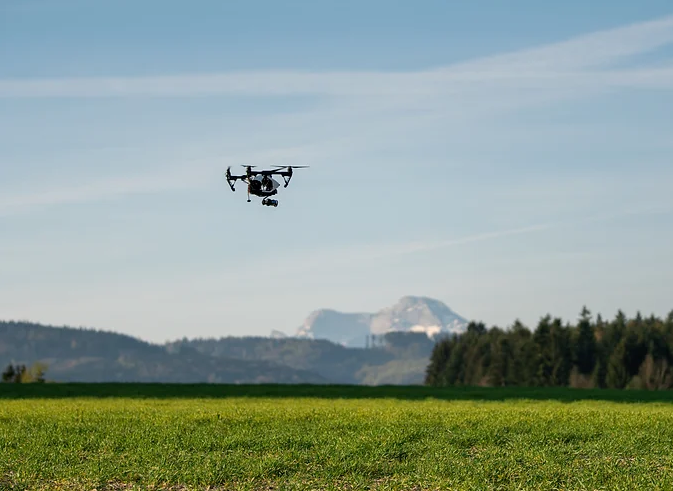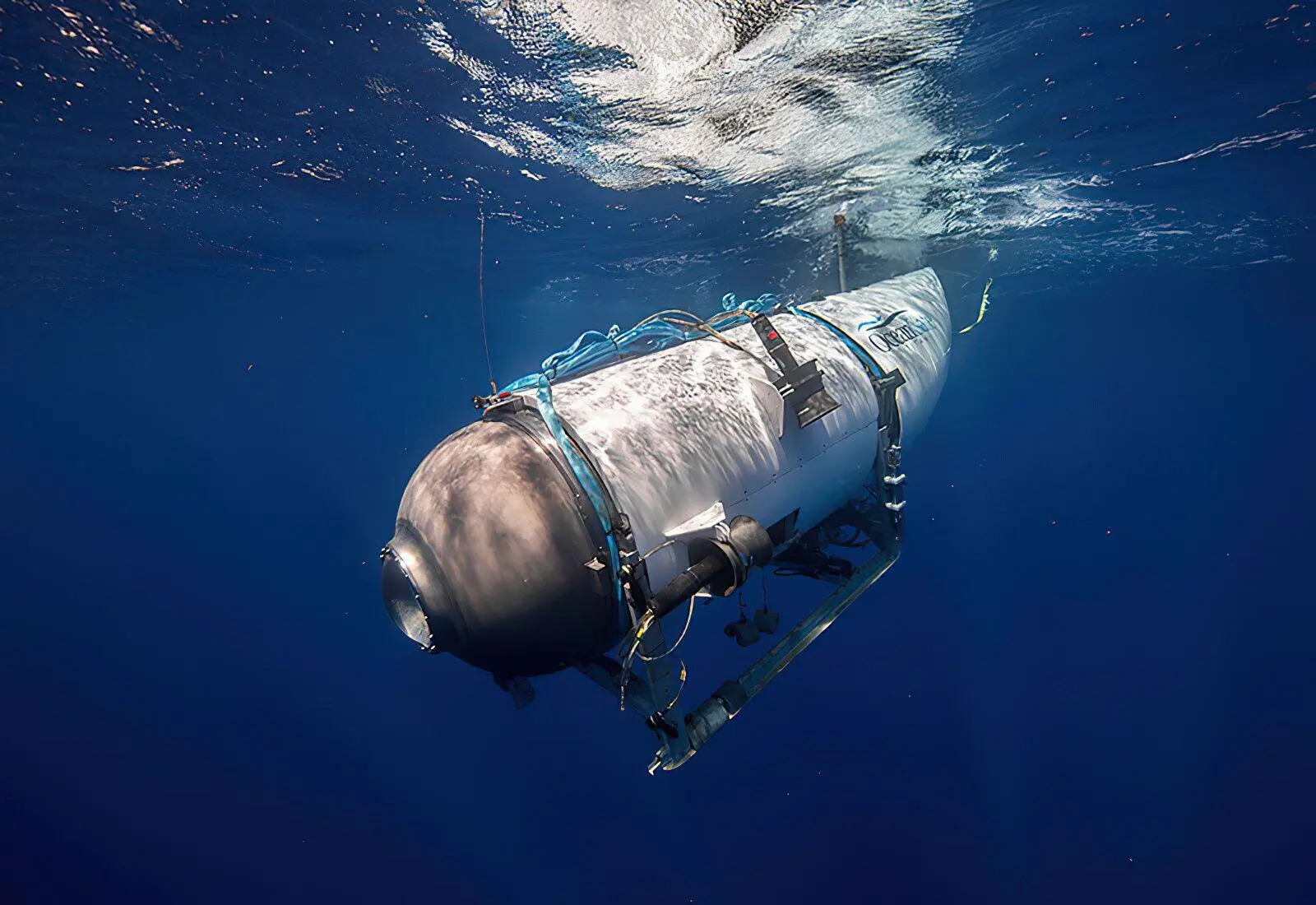A perfect combination of drones and IoT can revolutionize the way we perceive technology. Drones are no longer just flying cameras; they have become a crucial element in the IoT ecosystem. From agriculture to infrastructure, security to delivery, drone integration in IoT has opened up endless opportunities for innovation. However, like any other technology, drone integration in IoT comes with its set of challenges. In this blog, we will explore the applications, components, challenges, and future prospects of drone integration in IoT. So fasten your seatbelt and get ready for an exhilarating journey into the world of drones with AEROGO.
1. What is the Integration of Drones in the Internet of Things (IoT)?
Integration of Drones in the Internet of Things (IoT) involves connecting unmanned aerial vehicles (UAVs) with sensors, connectivity, and automation to enable seamless data transfer and analysis. Drones can collect data from various sources, including cameras, sensors, GPS, and satellites, and transmit it in real time to centralized systems for analysis. This integration has significant implications for various industries, including agriculture, construction, security, and transportation, enabling them to make informed decisions based on real-time data. With the advent of sophisticated sensors, high-speed data transfer, and machine learning, drone integration in IoT is rapidly evolving, paving the way for advanced use cases and applications. However, this integration also poses regulatory, privacy, technical, and scalability challenges that need to be addressed to realize its full potential.
2. Applications of Drone Integration in IoT
When it comes to the integration of drones in the Internet of Things (IoT), there is no shortage of applications where they can be helpful. From agriculture and farming to construction and infrastructure, security and surveillance to delivery and transportation, drones have a lot to offer.
2.1 Agriculture and Farming

In agriculture and farming, drones with specialized sensors and imaging can collect data on crop health and growth, soil quality, and weather patterns. This information can then be used to optimize crop yields, reduce waste, and even predict potential crop failures. With the help of drones, farmers can make quicker and better-informed decisions, leading to greater efficiency and profitability.
2.2 Infrastructure Projects
Similarly, drones can be used in construction and infrastructure projects to monitor progress, inspect sites, and detect faults. This can help project managers stay on track, identify potential issues before they become major problems, and ultimately save time and money.
2.3 Security and Surveillance
In the area of security and surveillance, drones equipped with high-resolution cameras and other sensors can patrol large areas and provide real-time data on potential threats. This makes it easier for law enforcement and security personnel to quickly respond to issues and keep people safe.
2.4 Delivery and Logistics

Finally, drones can also be used in the realm of delivery and transportation. With the ability to navigate through difficult terrain and avoid traffic, UAVs can deliver goods and medical supplies to remote areas, making them especially useful in emergency situations.
2.5 Challenges of Integrating IoT
Of course, integrating drones into IoT is not without its challenges. Regulatory challenges, privacy and security concerns, technical limitations, and costs and scalability are all issues that need to be addressed. However, with advancements in technology, increased adoption in various industries, and the emergence of new use cases, the future of drone integration in IoT is bright.
As drones continue to evolve and become more sophisticated, their potential applications will only continue to grow. From precision agriculture to remote infrastructure monitoring, drones have the potential to revolutionize the way we live and work. So, whether you're a hobbyist or a professional, it's an exciting time to be a part of the world of drones and IoT.
3. Components of Drone Integration in IoT

Integration of Drones in the Internet of Things (IoT) has paved the way for numerous possibilities in various industries. The combination of these two technologies allows for efficient data collection, real-time monitoring, and automation of various processes. However, for this integration to be successfully implemented, there are essential components that need to be considered.
For drones to be integrated into IoT, they must have sensors that allow them to collect data efficiently. These sensors can vary depending on the purpose of the drone, such as cameras for aerial photography and thermal imaging sensors for monitoring crop growth. Additionally, these sensors need to be connected to the internet to transfer the collected data to a central database or cloud server. This connectivity allows for the data collected to be analyzed and processed, which can lead to actionable insights.
3.1 Data Storage and Analytics:
The data collected from drones must be stored in a secure and easily accessible database or cloud server. Additionally, this data must be analyzed using specialized software to provide insights that can be used to make informed decisions. This data analysis can help improve production processes, refine systems, and enhance safety measures. Proper data storage and analysis can also help companies save time and money.
3.2 Automation and Control:
The integration of drones into IoT also requires the development of automation and control systems. These systems can be used to automate repetitive tasks such as monitoring crops and livestock, allowing the farmers to focus on crucial tasks such as analyzing the data and making informed decisions. This integration can also minimize the risk of human error and reduce labor costs.
While the integration of drones into IoT seems promising, there are challenges that need to be addressed to maximize the benefits.
4. Challenges in Drone Integration in IoT
As with any emerging technology, the integration of drones into IoT comes with its own set of challenges. Addressing these challenges is crucial to ensure the safe and effective use of drones in a wide range of applications.
4.1 Regulatory Challenges:
Regulatory challenges are one of the biggest hurdles to the widespread adoption of drone technology, particularly in regard to privacy and safety concerns. Government regulations around drone operation vary from country to country, making it difficult for businesses to navigate these guidelines. This inconsistency can have severe implications for businesses that operate across borders, requiring them to adhere to different standards in different regions.
4.2 Privacy and Security Concerns:

Privacy and security concerns are other significant challenges in the integration of drones into IoT. Drones are equipped with sensors that collect data from the environment and transmit it to other devices. However, without proper encryption and security measures, this data can be accessed and exploited by hackers. The potential for privacy violations has also raised concerns among individuals who fear that drones may invade their personal space.
4.3 Technical Limitations:
Technical limitations such as flight time and stability of drones are key areas of concern in the integration of drones into IoT. Currently, drones can typically only fly for a limited time, and they require a stable wireless connection to operate. These issues not only reduce the efficient functioning of drones but also limit the range of applications they can be used for.
4.4 Costs and Scalability:
Cost and scalability remain significant challenges in the adoption of drone technology. Developing and maintaining a fleet of drones can be expensive, and many businesses find it challenging to justify the costs of investing in drone technology. The scalability of drone operations is also an issue, as it can be challenging to manage the operation of multiple drones in a single location.
Despite these challenges, the integration of drones into IoT has enormous potential to transform various industries. Addressing these challenges is crucial to ensure the safe and effective use of drones in a wide range of applications. By developing innovative solutions and technologies to address these challenges, we can unlock the full potential of drone technology and enable the drone industry to soar to new heights.
5. Future of Drone Integration in IoT
The future of drone integration in IoT looks promising with advancements in technology, increased adoption in various industries, and emergence of new use cases. Drones are transforming the business landscape by providing real-time data insights that are revolutionizing decision-making processes. With drones taking on more roles in industries like agriculture, construction, and security, the integration of drones in IoT is set to drive unprecedented growth and innovation. As this trend continues to accelerate, we can expect to see more disruptive applications of drones in an increasingly connected world. Keep your eyes on the skies!
Conclusion
In conclusion, the integration of drones in IoT has revolutionized many industries, from agriculture and farming to security and surveillance. The benefits of integrating drones with IoT are immense, from increased efficiency to reduced costs. However, regulatory challenges, privacy concerns, and technical limitations are major roadblocks. Nevertheless, with advancements in technology, increased adoption in various industries, and the emergence of new use cases, the future of drone integration in IoT is promising. The key lies in addressing the challenges and leveraging the potential of this disruptive technology.
As technology continues to advance, the future of drone integration into IoT seems bright. Advancements in battery life technology, machine learning, and data analysis will lead to more responsive and efficient drone systems. Additionally, the increasing adoption of drone technology across various industries will result in the emergence of new use cases. Companies that successfully integrate drones into IoT will enjoy cost savings, efficiency, and improved product quality. Let's explore together!!













Comentários